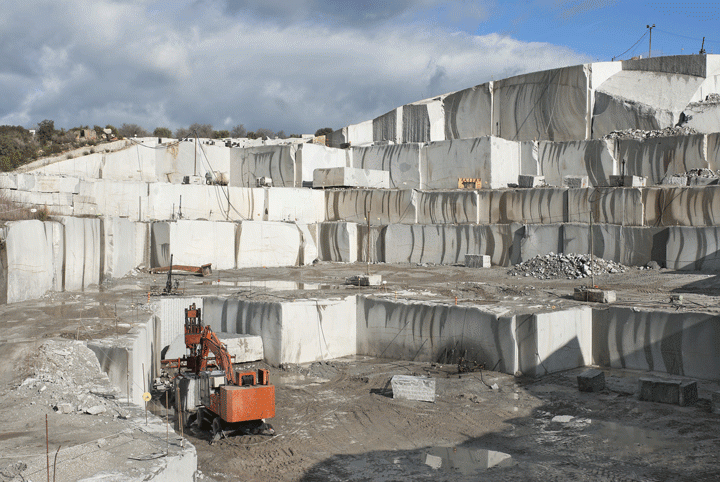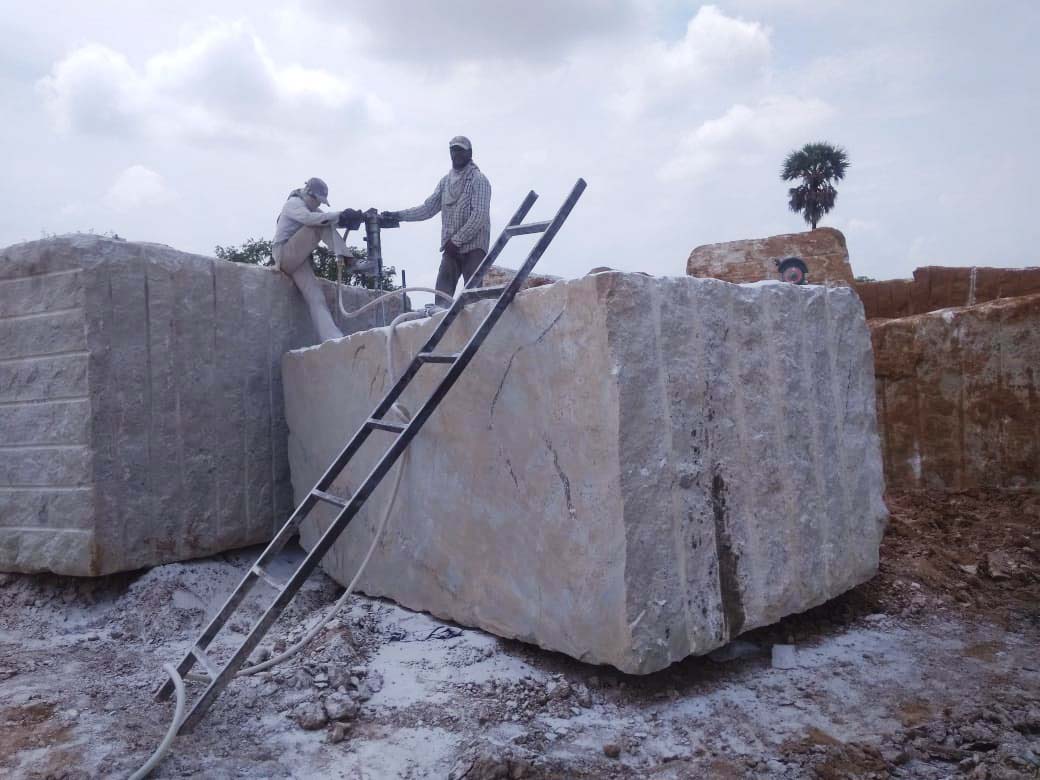Unearthing the Rich Background and Lasting Practices of Granite Quarrying
As we stand on the precipice of discovering the intricate tapestry of granite quarrying, a trip via time exposes not simply the physical act of extracting rock yet also the social and historic importance woven right into the very material of this technique. From the ancient origins that laid the structure for modern-day quarrying techniques to the lasting techniques that are shaping the future of this market, each carve mark on granite surfaces tells a tale waiting to be unearthed (granite quarries in south africa). The tradition of granite quarrying stretches far past simple removal; it is a testimony to human resourcefulness, durability, and the long-lasting appeal of this stunning rock
Ancient Origins of Granite Quarrying
Dating back to old worlds, the method of quarrying granite has actually been an integral part of human history and building improvement. The earliest proof of granite quarrying go back to old Egypt, where massive pyramids and elaborate sculptures were crafted from this long lasting rock. The Egyptians made use of primitive devices to remove granite blocks from quarries, showcasing the relevance of this product in their monumental constructions.
Progressing in background, the Greeks additionally made substantial payments to the quarrying of granite. The Greeks made use of granite in various architectural marvels, such as temples and statuaries, showing their ability in shaping and carving this hardy rock. The Romans further refined the methods of quarrying granite, using advanced tools like knives and hammers to essence and form granite for their renowned structures.
Via the centuries, the technique of quarrying granite has evolved, with contemporary innovations enhancing efficiency while preserving the classic appeal of this natural stone - granite quarries in south africa. From ancient civilizations to modern contractors, the tradition of granite quarrying remains to form our globe
Development of Quarrying Methods
The development of quarrying techniques has been marked by a constant progression towards greater efficiency and accuracy in drawing out granite. From the primary approaches utilized by our ancestors to the innovative innovations utilized in contemporary quarrying operations, the market has actually undertaken substantial innovations. Early quarrying methods involved manual work with basic devices such as blades, hammers, and wedges to remove granite blocks from the planet. As human beings progressed, techniques like fire-setting and primitive nitroglycerins were presented to assist in the extraction procedure.
In more current times, the introduction of equipment transformed the quarrying sector, allowing faster removal rates and boosted performance. Technologies such as diamond cable saws, high-pressure water jets, and pneumatically-driven drills have come to be conventional in modern-day quarries, allowing for exact cutting and lowered waste. Additionally, innovations in computer-controlled equipment and 3D modeling have actually optimized quarrying operations, bring about very little environmental influence and improved sustainability techniques. As the need for granite remains to rise, the evolution of quarrying methods remains essential to conference sector needs efficiently and sustainably.
Social Value of Granite
Granite holds a profound social significance throughout different worlds due to its enduring visibility in architectural work of arts and admired monuments. The social importance of granite expands past its physical characteristics; view website it personifies strength, stability, and eternity, making it a sign of withstanding legacies and practices.

Lasting Practices in Quarrying
Among the rich background of granite quarrying and its social relevance lies an expanding focus on sustainable methods within the industry. As environmental recognition and problems regarding resource depletion have actually heightened around the world, the quarrying field has increasingly welcomed lasting techniques to reduce its effect on the environment and surrounding neighborhoods.

Additionally, improvement and recovery of quarry websites post-extraction are indispensable to lasting practices. By restoring quarried areas to an all-natural or useful state, such as developing wildlife environments or entertainment rooms, quarriers can balance out the environmental footprint of their operations and contribute positively to the neighborhood ecological community.
Heritage of Granite Quarrying
With a historic backdrop steeped in workmanship and commercial development, what enduring influence has granite quarrying left on the landscape of modern-day society? The legacy of granite quarrying goes beyond plain extraction practices; it has actually formed architectural wonders, metropolitan landscapes, and cultural heritage worldwide. The durable go now nature of granite has actually made it a favored choice for monoliths, structures, and infrastructure, standing as a testimony to the ability and artistry check over here of quarry employees across generations.
Moreover, the financial footprint of granite quarrying can not be overlooked. The sector proceeds to offer job opportunity and drive regional economies in regions where granite removal prevails. It has actually likewise stimulated technological advancements in quarrying strategies and devices, leading to a lot more efficient and lasting practices.
In terms of sustainability, the heritage of granite quarrying includes initiatives to mitigate environmental effects via reclamation tasks and accountable source management. By balancing economic passions with ecological stewardship, the market aims to make certain that future generations can remain to gain from this long-lasting natural deposit.
Final Thought
